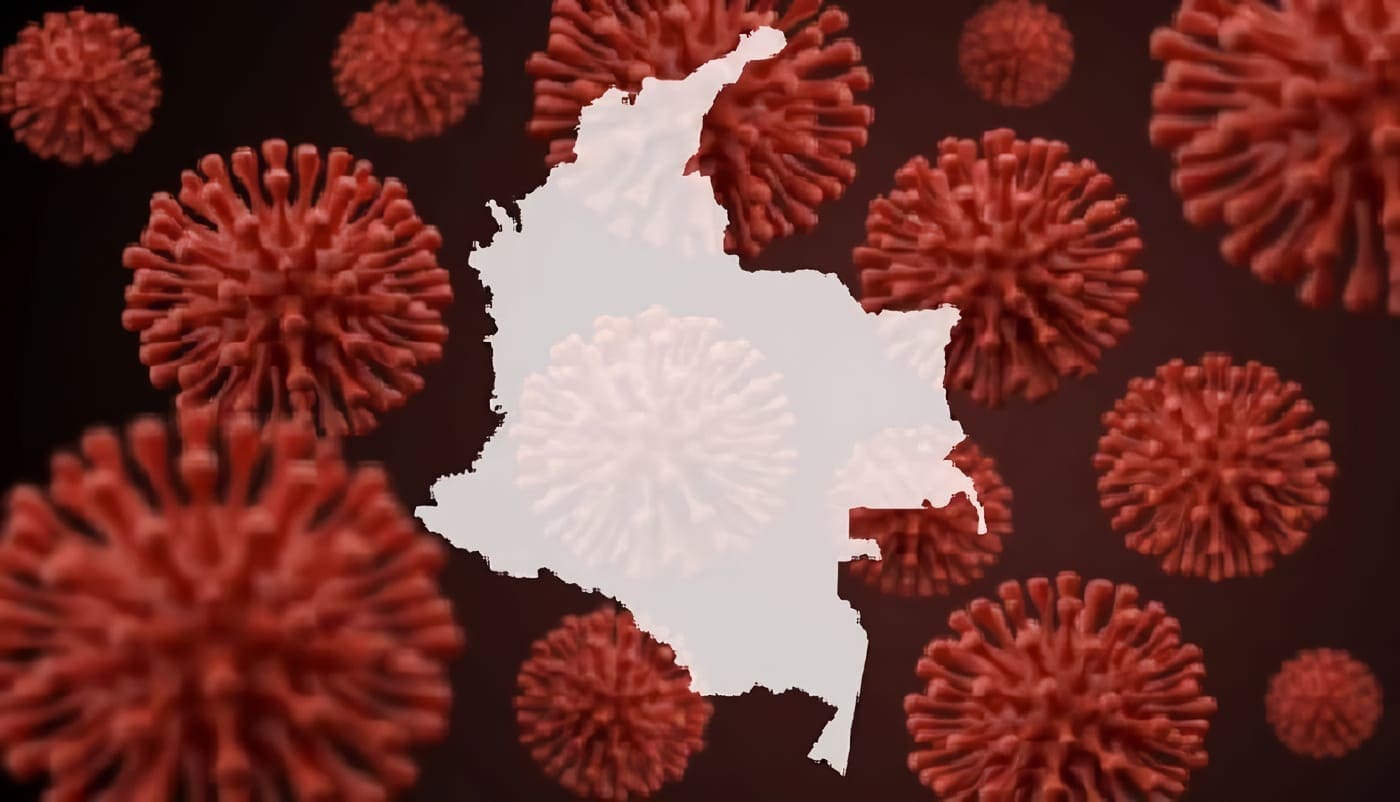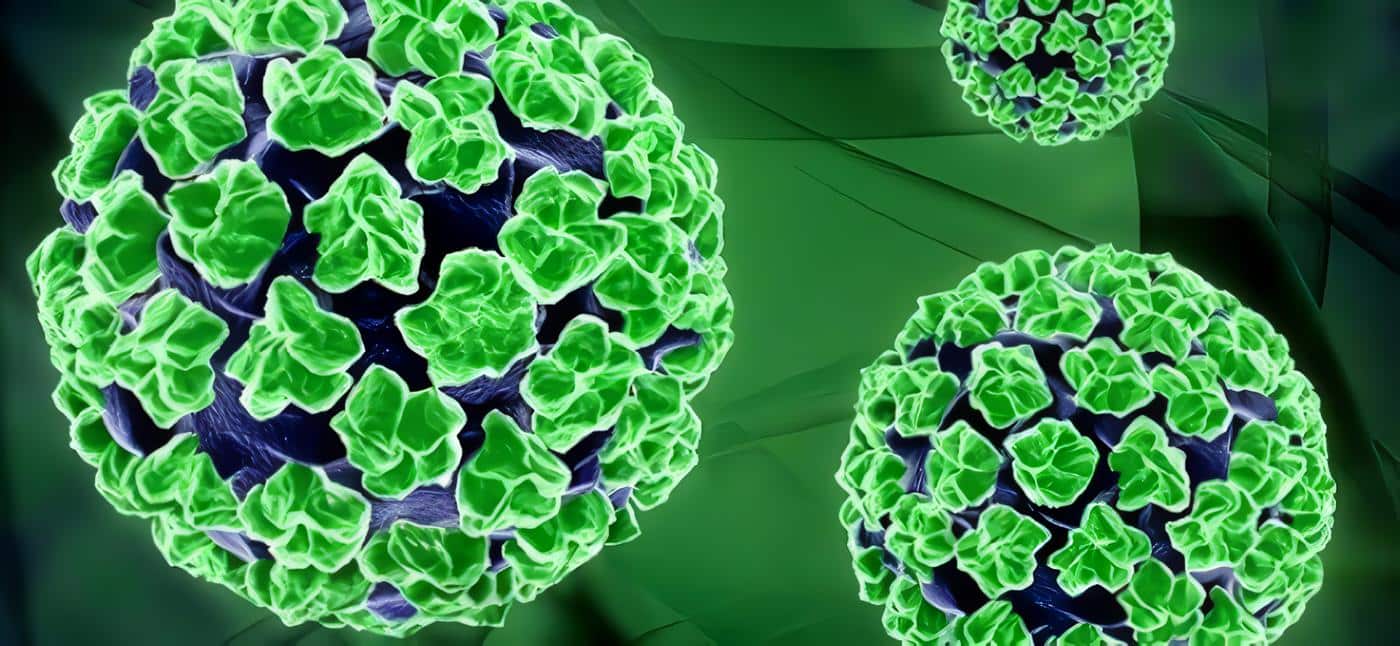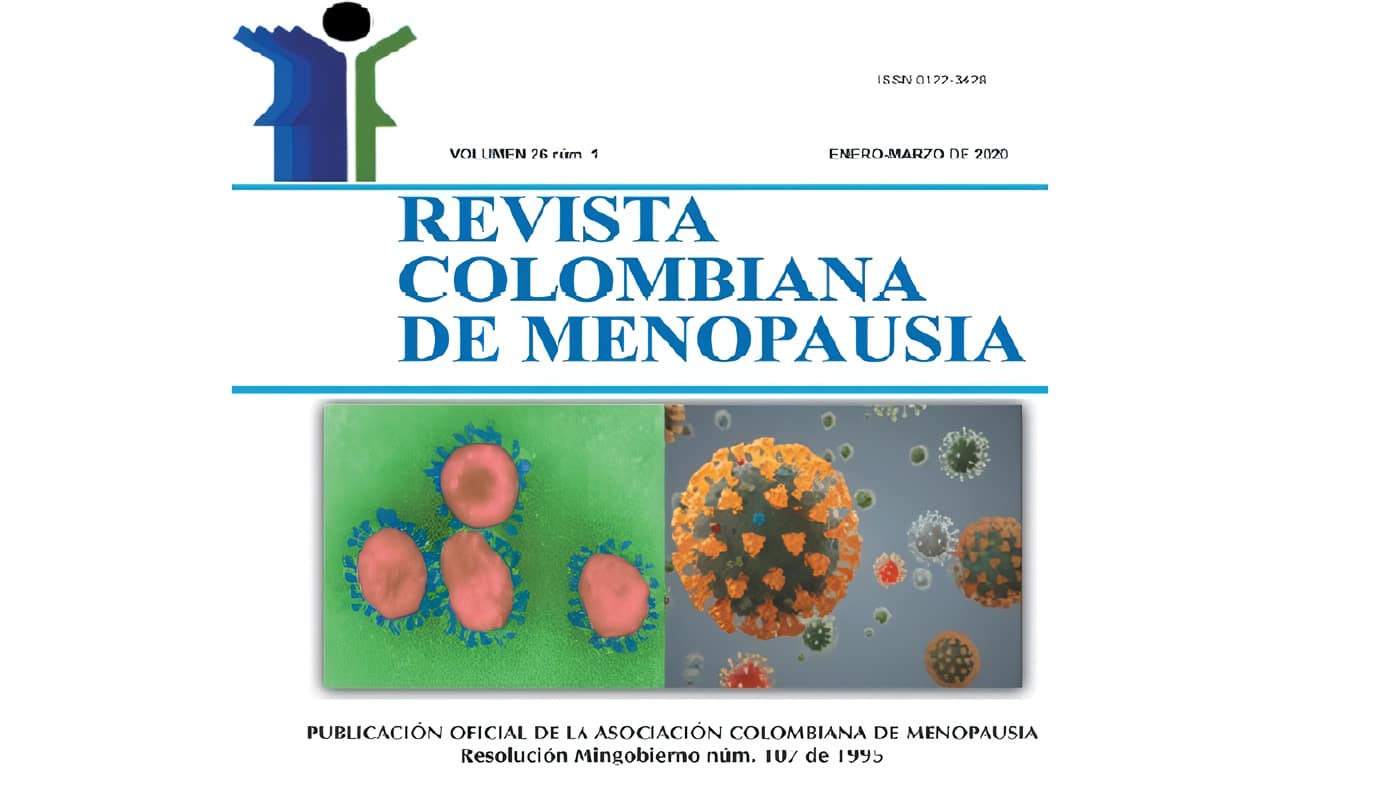Discusión
Los disruptores endocrinos pueden generar malformaciones del tracto urogenital que se manifiestan como no descenso de testículos e hipospadias que se han reconocido en la infancia o durante la edad adulta joven, disminución en la calidad del esperma, una incidencia creciente de cáncer testicular y producción de andrógenos deteriorada.
En las mujeres pueden generar alteraciones uterinas, infertilidad, irregularidad menstrual, embarazo deficiente, aborto espontáneo, embarazo ectópico y parto prematuro.
Todo este complejo de alteraciones propone una interacción prenatal, sinérgica, entre el medio ambiente, la genética y la maternidad ante la exposición intrauterina y extrauterina a agentes disruptores.
Los disruptores endocrinos deben ser evaluados de acuerdo con las cantidades halladas usualmente en nuestro medio, logrando así dilucidar el alcance de sus efectos y tomar medidas preventivas.
Resulta también conveniente conocer sus niveles máximos para prevenir el aporte del daño a la función reproductiva.
Es relevante conocer sus efectos en reproducción, y otras patologías como cáncer, asma, diabetes, la enfermedad de Parkinson y los efectos cognitivos.
Es importante determinar los resultados de exposición a una mezcla de químicos, tales como ftalatos, cuyos resultados aún no son muy claros, y el estudio de bisfenoles en el síndrome de ovario poliquístico.
(Lea También: Las Hormonas y La Menopausia)
Los estudios futuros deben incluir dosis y vías de exposición similar a la ambiental para lograr equiparar alteraciones en la reproducción con la exposición habitual.
Al igual que la posible exposición a varios disruptores endocrinos al mismo tiempo. Agentes como el triclosán, con aumento en su uso en productos de aseo personal, se han asociado con disminución del rendimiento de los oocitos; sin embargo, faltan estudios con tamaño de muestra adecuado para lograr generalizar sus resultados y con reproducibilidad en el ser humano.1
También sería conveniente reafirmar la premisa del paso de ciertos disruptores endocrinos de un ambiente cálido a frío debido a su volatilidad aumentada, como es el caso de los contaminantes orgánicos que pese a su restricción en producción y comercialización persisten en el ambiente causando toxicidad.
Referencias
-
1. Karwacka A, Zamkowska D, Radwan M, & Jurewicz J. Exposure to modern, widespread environmental endocrine disrupting chemicals and their effect on the reproductive potential of women: an overview of current epidemiological evidence. Human Fertility. 2019;22(1):2- 25. https://doi.org/10.1080/14647273.2017.1358828
-
2. Brehm E, & Flaws J A. Transgenerational effects of endocrine-disrupting chemicals on Male and female reproduction. Endocrinology. 2019;160(6):1421-35. https://doi.org/10.1210/en.2019-00034
-
3. Chichizola C. Disruptores endocrinos. Efectos en la reproducción. Revista Argentina de Endocrinología y Metabolismo. 2003;40(3): 172-88.
-
4. Di Nisio A, Rocca MS, Sabovic I, De Rocco Ponce M, Corsini C, Guidolin D, et al. Perfluorooctanoic acid alters progesterone activity in human endometrial cells and induces reproductive alterations in young women. Chemosphere, 2020;242:125208. https://doi.org/10.1016/j.chemosphere.2019.125208
-
5. Ibor OR, Andem AB, Eni G, Arong GA, Adeougn AO, & Arukwe A. (2020). Contaminant levels and endocrine disruptive effects in Clarias gariepinus exposed to simulated leachate from a solid waste dumpsite in Calabar, Nigeria. Aquatic Toxicology (Amsterdam, Netherlands). 2019 Nov;219: 105375. https://doi.org/10.1016/j.aquatox.2019.105375
-
6. Manikkam M, Tracey R, Guerrero-Bosagna C, & Skinner MK. . Plastics Derived Endocrine Disruptors (BPA, DEHP and DBP) Induce Epigenetic Transgenerational Inheritance of Obesity, Reproductive Disease and Sperm Epimutations. PLoS ONE. 2013;8(1). https: //doi.org/10.1371/journal.pone.0055387
-
7. Diamanti-Kandarakis E, Palioura E, Kandarakis SA, & Koutsilieris M. The impact of endocrine disruptors on endocrine targets. Hormone and Metabolic Research. 2010;42(8): 543-52. https://doi.org/10.1055/s-0030-1252034
-
8. Foster PM.. Mode of action: impaired fetal leydig cell function—effects on male reproductive development produced by certain phthalate esters. Crit Rev Toxicol. 2005;35:713-19.
-
9. Turner BM. Epigenetic responses to environmental change and theirevolutionary implications. Philos Trans R Soc Lond B Biol Sci. 2009;364:3403-18.
-
10. Zama AM, Uzumcu M. Fetal and neonatal exposure to the endocrine disruptor methoxychlor causes epigenetic alterations in adult ovarian genes. Endocrinology. 2009;150: 4681-91.
-
11. Butt CM, Stapleton HM.. Inhibition of thyroid hormone sulfotransferase activity by brominated flame retardants and halogenated phenolics. Chem Res Toxicol. 2013;26:1692-702.
-
12. Hernández AF, Parrón T, Tsatsakis AM, Requena M, Alarcón R, López-Guarnido O.. Toxic effects of pesticide mixtures at a molecular level: their relevance to human health. Toxicology 2013;307:136-45
-
13. Mehrpour O, Karrari P, Zamani N, Tsatsakis AM, Abdollahi M. Occupational exposure to pesticides and consequences on male semen and fertility: a review. Toxicol Lett. 2014;230:146-56.
-
14. Byrne S, Miller P, Waghiyi V, Buck CL, von Hippel FA, Carpenter DO. Persistent organochlorine pesticide exposure related to a formerly used defence site on St. Lawrence Island, Alaska: data from sentinel fish and humansera. J Toxicol Environ Health A. 2015; 78:976-92.
-
15. Androutsopoulos VP, Hernandez AF, Liesivuori J, Tsatsakis AM. Amechanistic overview of health associated effects of low levels oforganochlorine and organophosphorous pesticides. Toxicology. 2013;307:89-94.
-
16. Amita Bansal, Nicole Robles-Matos, Paul Zhiping Wang, et al. In utero bisphenol A exposure is linked with sex specific changes in the transcriptome and methylome of human amniocytes https://academic.oup.com/jcem/advance-article-EndocrineSociety2019. abstract/doi/10.1210/clinem/dgz037/ 5571768
-
17. Souter I, Smith KW, Dimitriadis I, Ehrlich S, Williams PL, Calafat AM, Hauser R. The association of bisphenol-A urinary concentrations with antral follicle counts and other measures of ovarian reserve in women undergoing infertility treatments. Reprod Toxicol. 2013;42:224-31.
-
18. Uzumcu M, Kuhn PE, Marano JE, Armenti AE, Passantino L. Early postnatal methoxychlor exposure inhibits folliculogenesis and stimulates anti-Mullerian hormone production in the rat ovary. J Endocrinol. 2006;191:549-58
-
19. Kandaraki E, Chatzigeorgiou A, Livadas S, Palioura E, Economou F, Koutsilieris M, Palimeri S, Panidis D, Diamanti-Kandarakis E.. Endocrine disruptors and polycystic ovary syndrome (PCOS): elevated serum levels of bisphenol A in women with PCOS. J Clin Endocrinol Metab. 2011;96:E480- E484.
-
20. Xu C, Chen JA, Qiu Z, Zhao Q, Luo J, Yang L, et al. Ovotoxicity and PPAR-mediated aromatase down regulationin female SpragueDawley rats following combined oral exposure tobenzo[a]pyrene and di-(2- ethylhexyl) phthalate. Toxicol Lett. 2010;199: 323-32.
-
21 Caserta D, Bordi G, Ciardo F, Marci R, La Rocca C, Tait S. et al.. The influence of endocrine disruptors in a selected population of infertile women. Gynecol Endocrinol. 2013;29:444-47.
-
22 Caserta D, Di Segni N, Mallozi M, Giovanale V, Mantovani A, Marci R, Moscarini M. Bisphenol A and the female reproductive tract: an overview of recent laboratory evidence and epidemiological studies. Reprod Biol Endocrinol. 2014;12:37.
-
23 Perry MJ, Venners SA, Chen X, Liu X, Tang G, Xing H, et al. Organophosphorous pesticide exposures and sperm quality. Reprod Toxicol. 2011;31:75-9.
-
24 Geng X, Shao H, Zhang Z, Ng JC, Peng C.. Malathion–induced testicular toxicity is associated with spermatogenic apoptosis and alterations in testicular enzymes and hormone levels in male Wistar rats. Environ Toxicol Pharmacol. 2015;39:659-67.
-
25 Liu L, Bao H, Liu F, Zhang J Shen, H. Phthalates exposure of Chinese reproductive age couples and its effect on male semen quality, a primary study. Environ Int. 2012;42:78-83.
-
26 Jensen MS, Toft G, Thulstrup AM, BondeJ.P, Olsen J. Cryptorchidism according to maternal gestational smoking. Epidemiology 2007;18:220-25.
-
27 Sweeney MF, Hasan N, Soto A., Sonnenschein C. Environmental endocrine disruptors: effects on the human male reproductive system. Rev Endocr Metab Disord. 2015;16: 341-57.
-
28 Gámez MC. Endocrinología y reproducción. Endocrinology and reproduction. 2016; 27(1):1-3.
-
29 Kim DH, Park CG, & Kim YJ. Characterizing the potential estrogenic and androgenic activities of two disinfection by products, mono-haloacetic acids and haloacetamides, using in vitro bioassays. Chemosphere. 2020;242:125198. https://doi.org/10.1016/j.chemosphere.2019.125198
-
30 Nowak K, Ratajczak–Wrona W, Górska M, & Jab?o?ska E. Parabens and their effects on the endocrine system. Molecular and Cellular Endocrinology. 2018;474:238-51. doi:10. 1016/j.mce.2018.03.014
-
31 Sifakis S, Tsatsakis A, Mparmpas M, Soldin OP. 2011. Pesticide exposure and health related issues in male and female reproductive system. INTECH.
-
32 Perry MJ. Effects of environmental and occupational pesticide exposure on human sperm: a systematic review. Hum Reprod Update. 2008;14:233-42.
-
33 Kapka-Skrzypczak L, Cyranka M, Skrzypczak M, Kruszewski M. Biomonitoring and biomarkers of organophosphate pesticides exposure-state of the art. Ann Agricult Environ Med. 2011;18:294-303.
-
34 Mrema EJ, Rubino FM, Brambilla G, Moretto A, Tsatsakis AM, Colosio C. Persistent organochlorinated pesticides and mechanisms of their toxicity. Toxicology 2013;307:74-88.
-
35 Senthilkumaran B. Pesticide- and sex steroid analogue-induced endocrine disruption differentially targets hypothalamo-hypophyseal-gonadal system during gametogenesis in teleosts- a review. Gen Comp Endocrinol. 2015;219:136-42.
-
36 Nordkap L, Joensen UN, Blomberg Jensen M, Jørgensen N. Regional differences and temporal trends in male reproductive health disorders: semen quality may be a sensitive marker of environmental exposures. Mol Cell Endocrinol. 2012;355:221-30.
-
37. Wolstenholme, J. T., Rissman, E. F., and Connelly, J. J. The role of Bisphenol A in shaping the brain, epigenome and behavior. Horm. Behav. 2011;59,296-305.
-
38. Doerge , D., & Sheehan , D . Goitrogenic and estrogenic activity of soy isofl avones. Environmental Health Perspectives 2002;110 (Suppl. 3),349-353.








